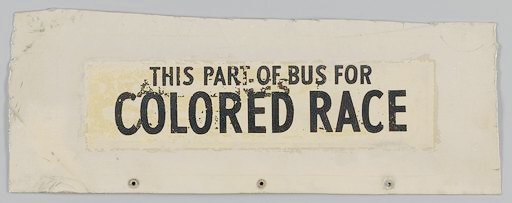
Date Created:
Place Created: New Orleans, Louisiana
Year Created: 1896
Description: This case arose from a challenge to Louisiana’s Separate Car Act, which mandated segregated railway cars for Black and white passengers. Homer Plessy, who was of mixed race but legally classified as Black under Louisiana law, deliberately sat in a whites-only railcar to test the law’s constitutionality. He was arrested and argued that the law violated the Equal Protection Clause of the Fourteenth Amendment. The case progressed through the Louisiana courts, which upheld the segregation law, ultimately reaching the U.S. Supreme Court. The key constitutional issue was whether state-mandated racial segregation violated the Equal Protection Clause, with Plessy contending that enforced separation implied racial inferiority and was therefore unconstitutional.
Categories of Documents:
In Plessy v. Ferguson (1896), the U.S. Supreme Court ruled against Homer Plessy, upholding Louisiana’s Separate Car Act and establishing the "separate but equal" doctrine. The Court held that state-imposed racial segregation did not violate the Equal Protection Clause of the Fourteenth Amendment as long as the separate facilities were equal in quality. The majority opinion, written by Justice Henry Billings Brown, argued that segregation was a matter of social policy, not legal inequality, and that the Constitution could not force racial integration. Justice John Marshall Harlan was the lone dissenter, arguing that the Constitution is "color-blind" and condemning the ruling as a step toward racial discrimination. The decision legitimized segregation and provided the legal basis for Jim Crow laws until it was overturned by Brown v. Board of Education in 1954.
Source: The National Archives
Citation: "Plessy v. Ferguson." National Archives, www.archives.gov/milestone-documents/plessy-v-ferguson. Accessed [Feb 5, 2025].

